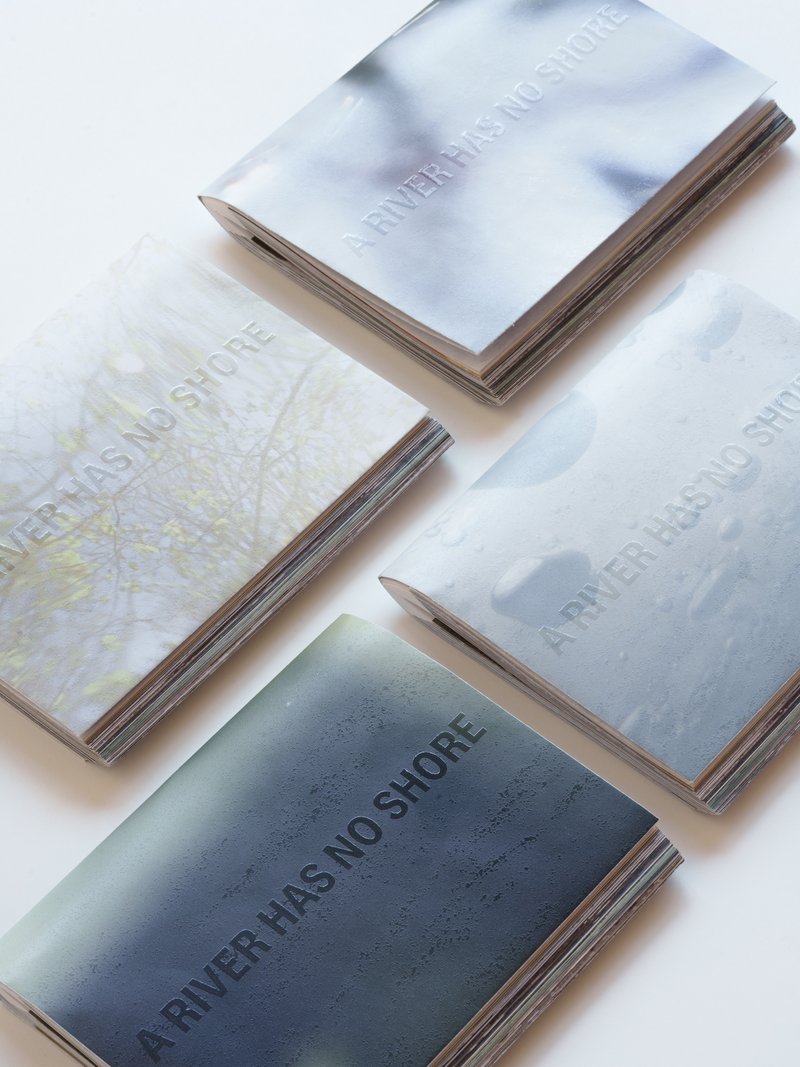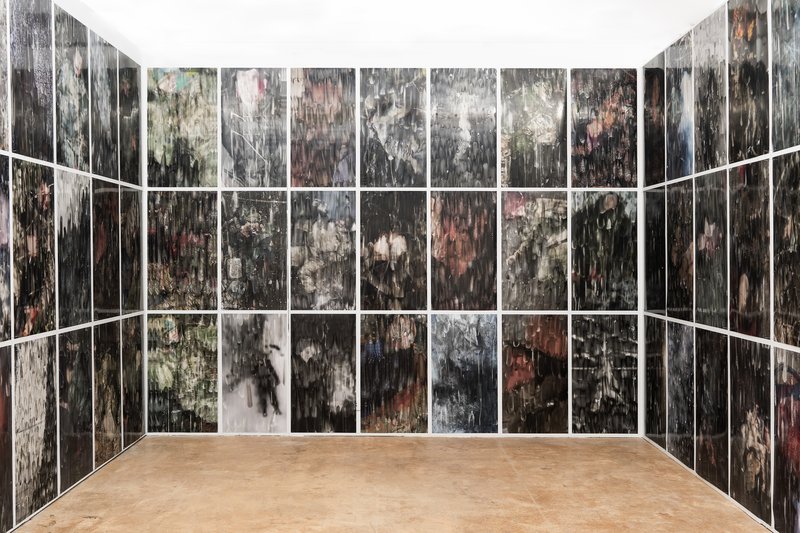
MA PHOTOGRAPHY
WORKSHOP - CGI WITH AREA OF WORK – 2025
with Area Of Work
The Computer-Generated Imagery (CGI) Workshop is an introduction to 3D creation software that allows you to create images with photographic qualities that are not photographs. This workshop centers on the theme of “Minimal,” inviting students to explore the creative and technical foundations of contemporary CGI image-making. It emphasizes materiality and the expressive impact of reduction. Every form, light, and texture has a specific role, negative space guides the emotional tone, and fine details unify the composition.










